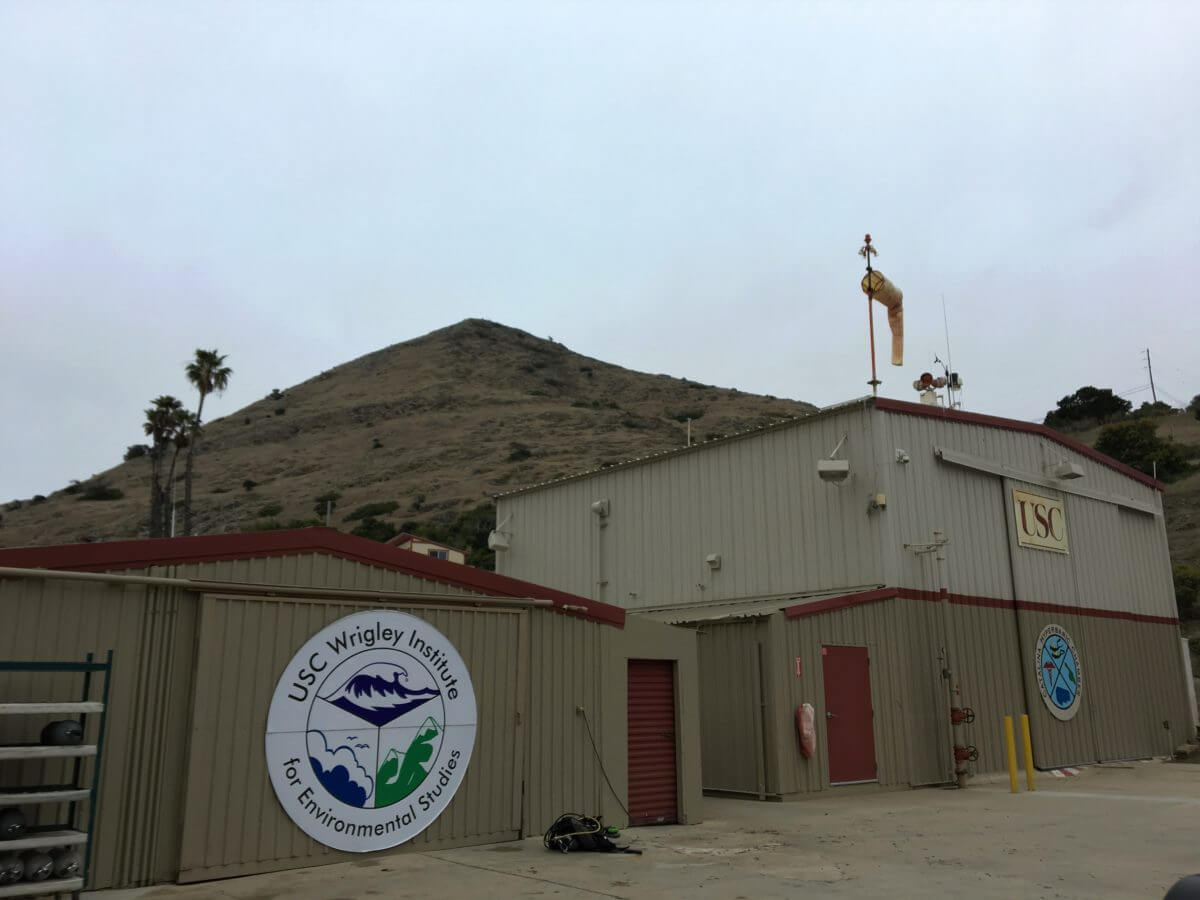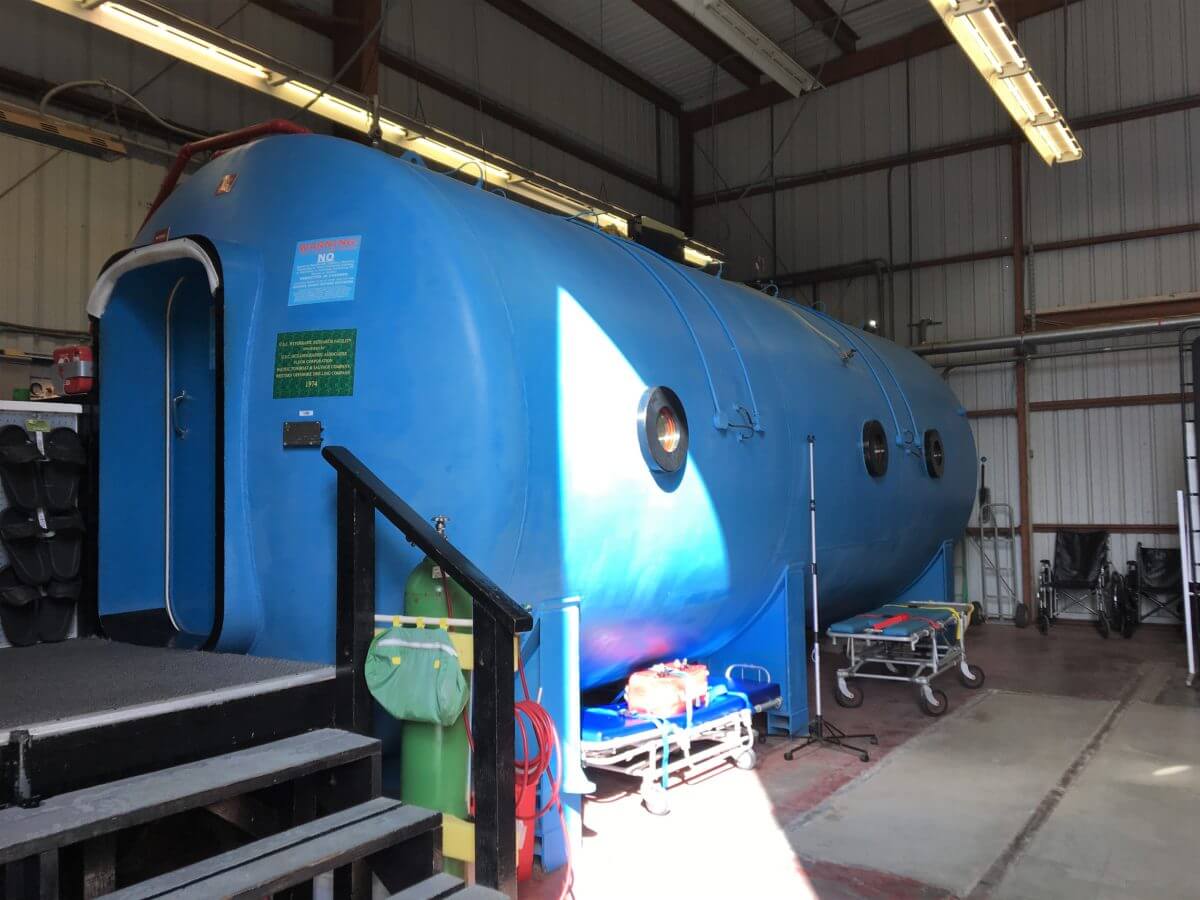Before and during each activity we participated in Catalina Island, we were reminded that every reasonable precaution should be taken to insure safety, and how the safety of human life should be put first. On our third day, some of us spent a couple of hours in the afternoon at the USC Catalina Hyperbaric Chamber, located on the campus of the USC Wrigley Marine Science Center at Big Fisherman Cove at the west end of the island. Since 1974, the Chamber has been serving Southern California Divers as an emergency medical facility for the treatment of scuba diving accidents.

One of the major missions of the Chamber is to provide educational opportunities for the diving communities. These programs include topics such as diving safety, diving accident management, hyperbaric chamber operations, decompression issues, and so on. We learned about the chamber history as well as some problems from diving accidents, such as decompression sickness and air embolism, which can even be fatal in some instances. After that, we had an interesting opportunity to experience the chamber environment and simulate the very early step of recompression therapy as happens to divers who must receive treatment. It was not the best feeling to be inside the sealed chamber. It is a little claustrophobic as I expected, but the room was large enough for two beds, a couple of benches and all the medical devices to treat several patients at once.

We then took a small break in the afternoon for the night snorkel which was definitely the highlight of my day! During that snorkeling session, we saw some amazing nocturnal creatures that come out at night including the bioluminescent plankton that scintillated just like a starry sky as we moved through the dark water. I was mesmerized by the tiny glowing specs of plankton as I waved my hands or made any small movements under water.

Source: http://rayburnearthwatch.blogspot.com/2017/
It was not my first time swimming in the dark but having the twinkling of the plankton below me and the starry sky above was such a truly fascinating and unique experience! The bioluminescence results from light-producing chemical reactions taking place within these creatures’ bodies. When certain types of chemicals are mixed together, they produce energy which excites other particles on vibration and generate light which causes the glow.
If you know how to swim and are not afraid of the dark, I highly recommend swimming in the midst of these amazing creatures at least once in your life!
Published on July 3rd, 2018Last updated on April 1st, 2021

